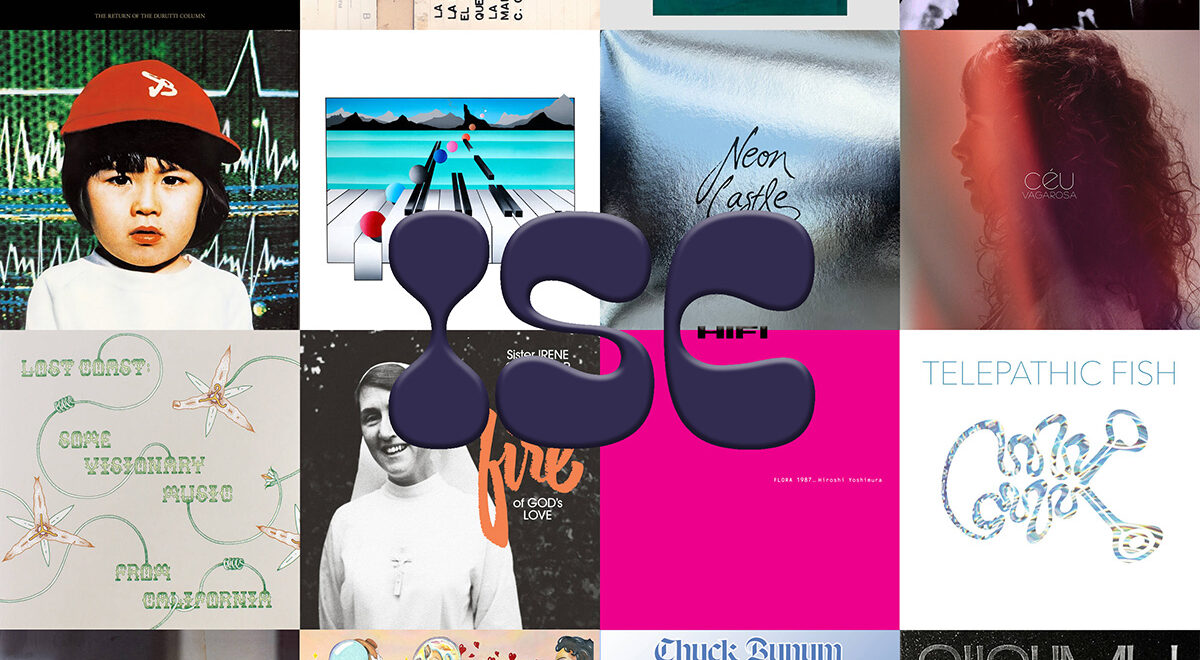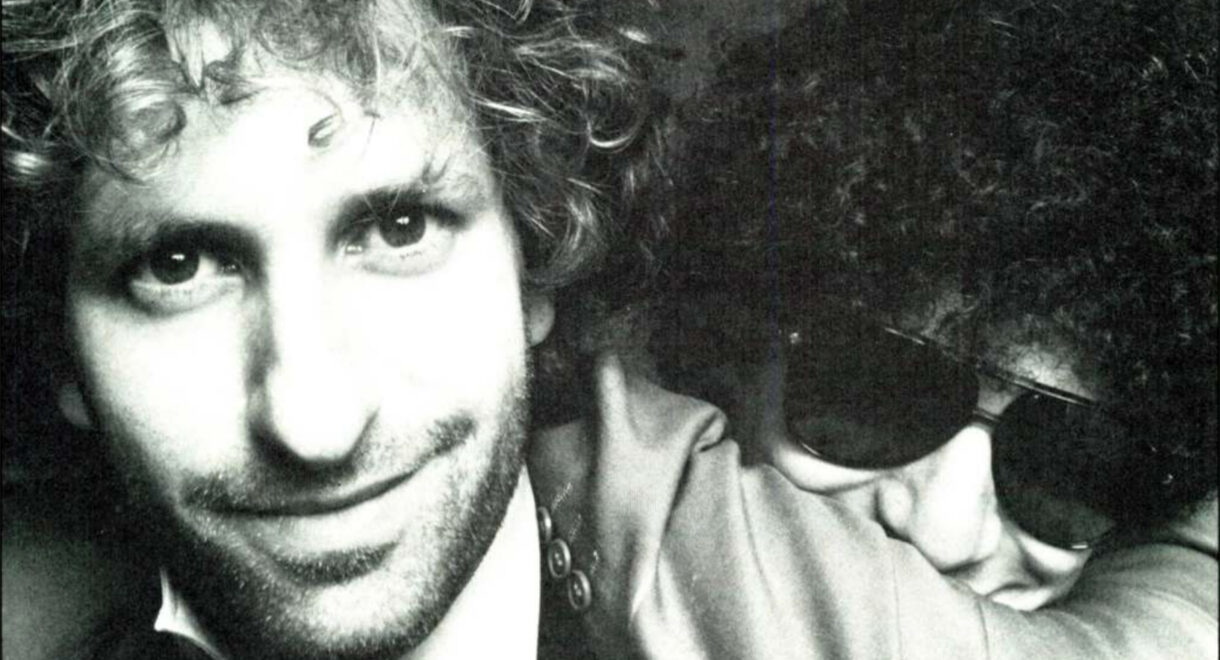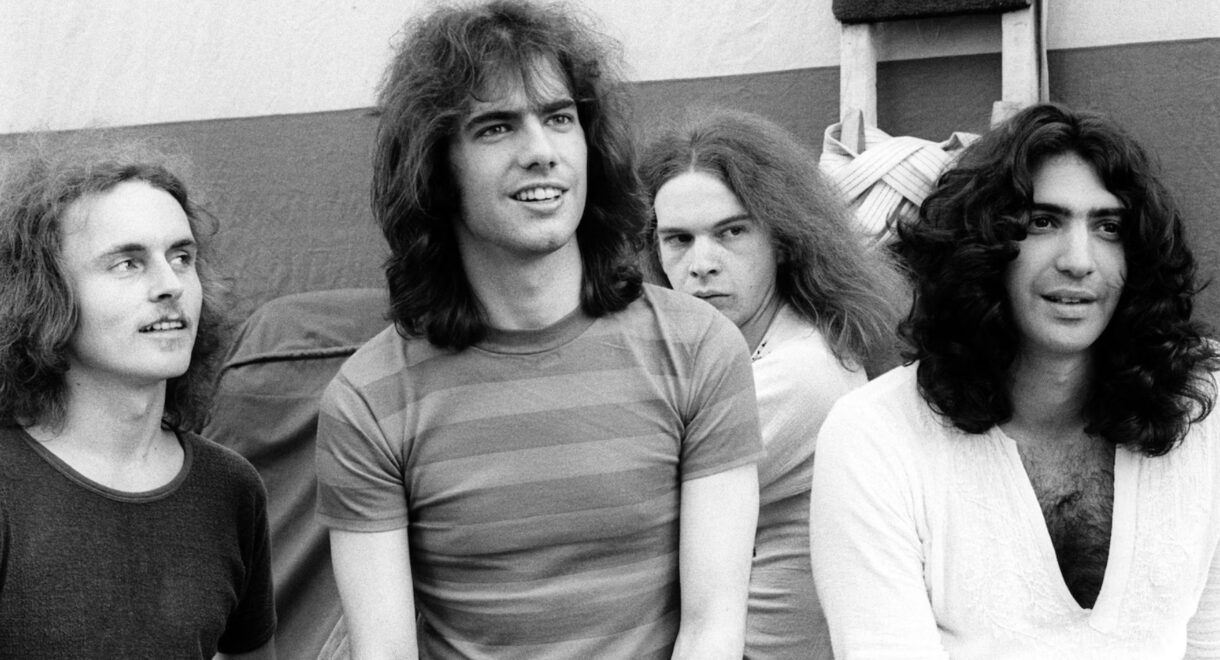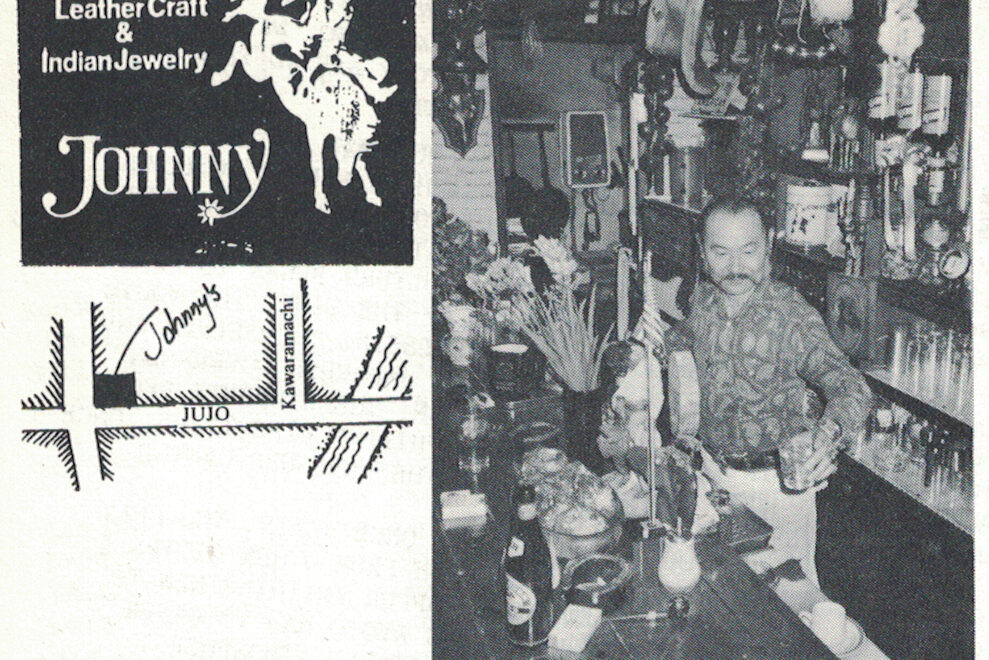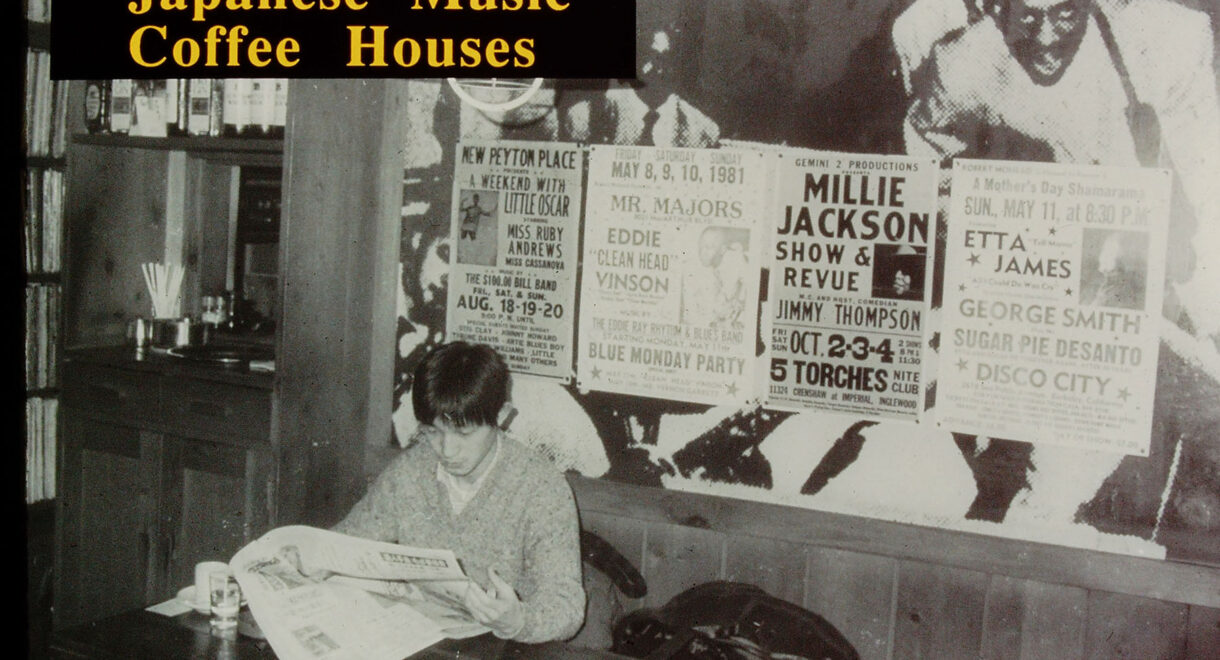A landmark techno mix, Swiss ambient pop, psychedelic folk spirituals, cumbia rebajadas, ’00s latin pop, and more archival favorites! Here at In Sheep’s Clothing, we’ve always believed that […]
From Union Jacks to Dial-Up Modems: Select Magazines 1990s Universe

A brash, short-lived music magazine that defined Britpop’s swagger, celebrated the fringes, and even charted the dawn of the internet is resurfacing online. Its scans reveal just how vividly it captured the decade’s noisy, chaotic sprawl.
The British music press of the 1990s was noisy and competitive, each magazine staking out its corner of the cultural battlefield. NME and Melody Maker thrived on weekly urgency, and Q and Mojo catered to older, more reverent readers In between stood Select. Glossy and cheeky, it gave young indie and dance fans polish without stodginess and depth without too much cynicism.
Its “Yanks Go Home” cover became Britpop’s unofficial rallying cry, yet it still made room for American underground rock, electronic dance music, and the oddball fringes. Brief as its run was, Select captured the decade’s energy with a wit and confidence that made it feel indispensable — until it vanished into the same archival haze that swallowed its rivals.
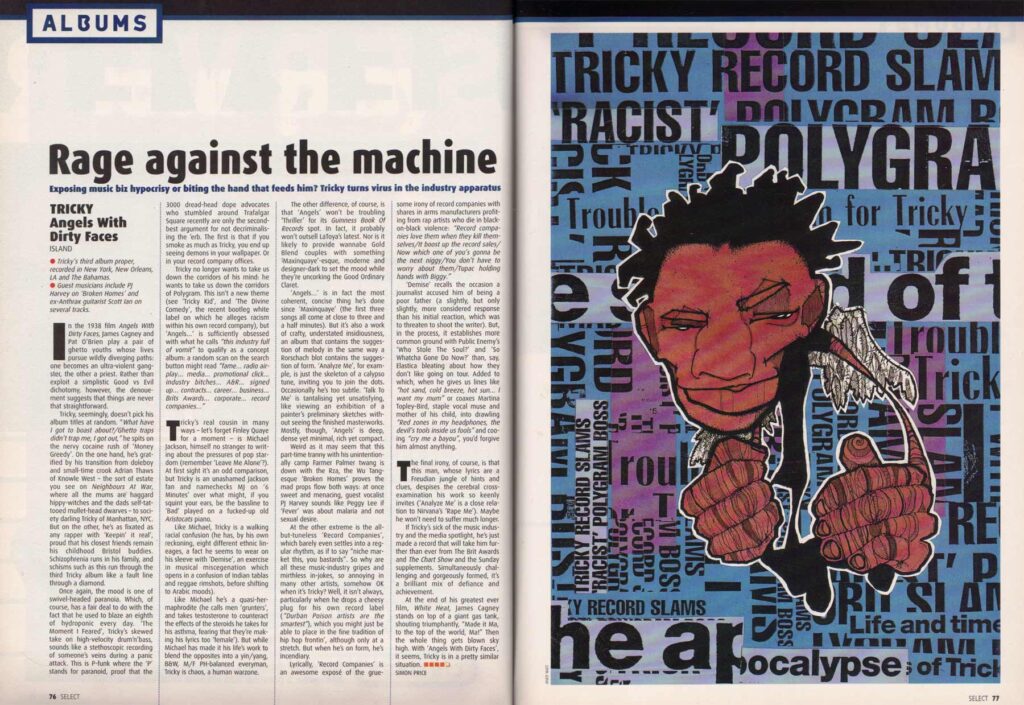
That fog has only thickened with time. The weeklies were notoriously ephemeral, their bound volumes scattered and their digital archives piecemeal, leaving researchers and fans to sift through scraps. Select seemed destined for the same fate until recently, when Select Magazine Scans, a site devoted to the magazine, began uploading painstaking scans of its reviews, features, and columns. The site has a simple mission: “This is a website dedicated to my favourite 90s music magazine Select. I’ll slowly be scanning in features, to give random flashbacks to the 90s music scene.” Its pages, once tossed aside like yesterday’s newsprint, offer a reminder of how vividly it chronicled an era and how fragile cultural memory can be.
More than just a primer on how things looked 30 years ago, its reemergence online reshapes Select into something like a collector’s handbook. The scans turn passing reviews into roadmaps, guiding CD diggers and LP hunters back toward albums that once defined, or slyly undercut, the decade.
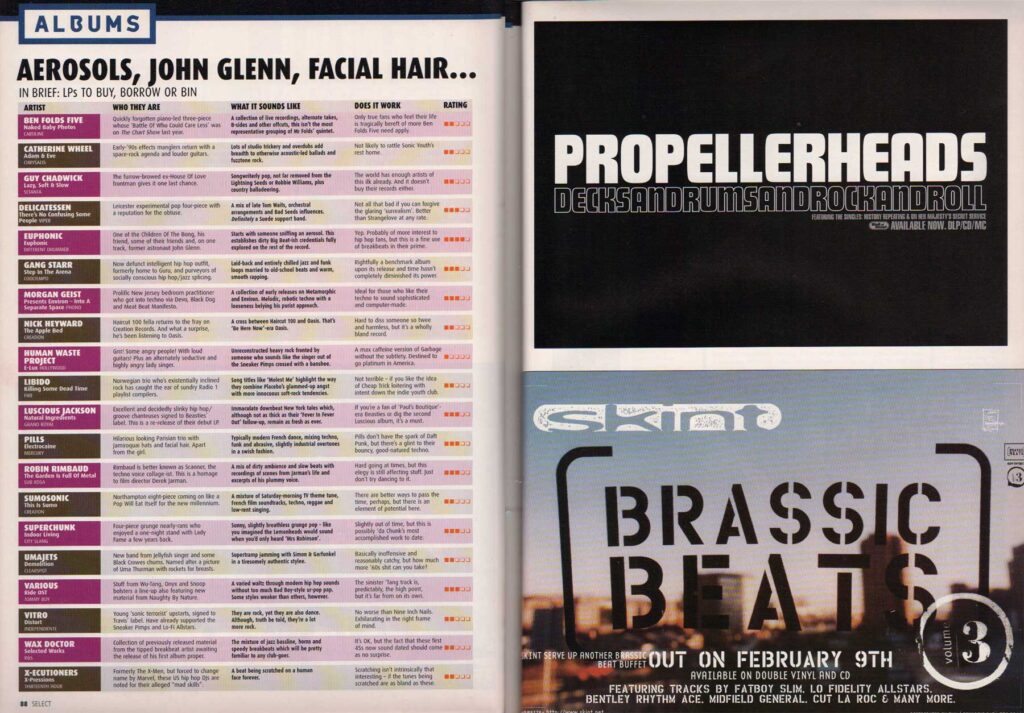
What was once ephemeral ephemera now reads like a curated buyer’s guide, offering a second life for records that first flickered across its glossy pages.
The below 1992 spread, called “First Bass: The Raver’s Digest,” captures Select digesting in real time the scenes and sounds of 90s dance. On one page, Nicolette — cringingly profiled as the “Tracy Chapman of techno” — speaks about Shut Up and Dance’s breakbeat experiments. House producer Baby Ford rails against house clichés, Arrested Development on bringing Southern consciousness into rap, and a young Richard D. James explaining the brutal logic behind “Didgeridoo,” his Aphex Twin breakthrough.
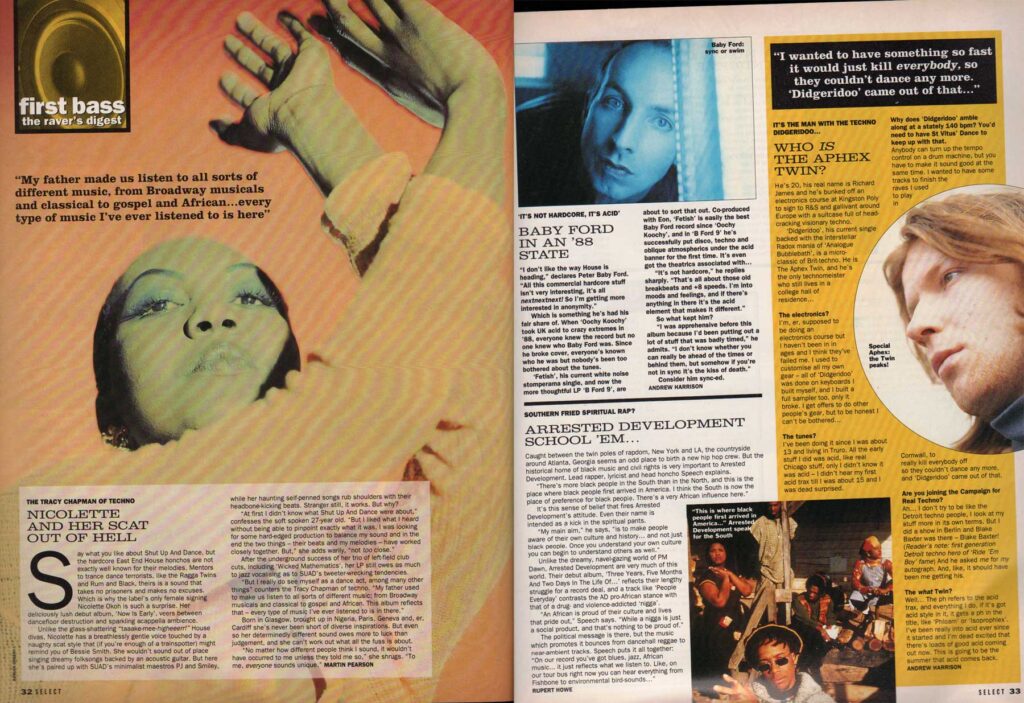
“I’ve been doing it since I was about 13 and living in Truro,” he says of producing tracks. “All the early stuff I did was acid, like real Chicago stuff, only I didn’t know it was acid — I didn’t hear my first acid trax till I was about 15 and I was dead surprised.” Asked about the punishing 140 bpm tempo of “Didgeridoo,” James shrugs: “Anybody can turn up the tempo control on a drum machine, but you have to make it sound good at the same time. I wanted to have some tracks to finish the raves I used to play in Cornwall, to really kill everybody off so they couldn’t dance any more, and ‘Didgeridoo’ came out of that.”
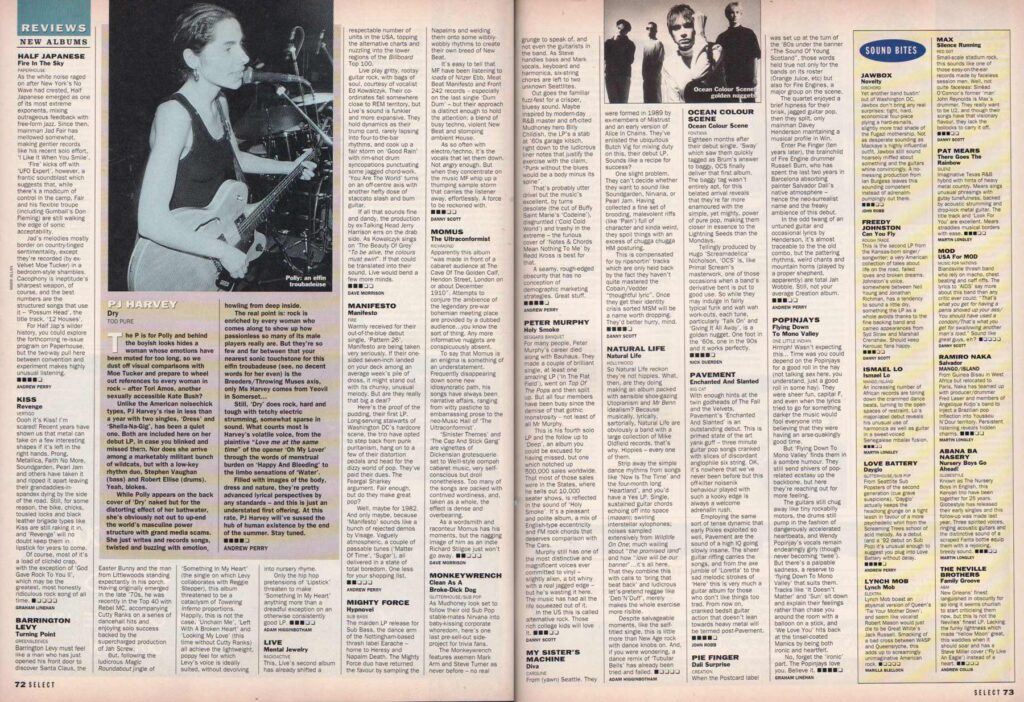
This spread shows how Select refused to draw boundaries around its coverage. At the center is PJ Harvey’s debut Dry, treated as a revelation, while reviews of Half Japanese, Momus, and Manifesto highlight the magazine’s esoteric tastes. Mainstream acts like Kiss and Barrington Levy appear alongside up-and-comers Ocean Colour Scene and Natural Life, while American indie breaks through with Pavement — misprinted here as Enchanted and Slanted—and My Sister’s Machine.
The “Sound Bites” column broadens the net even further, squeezing in Jawbox, Pat Metheny, Freedy Johnston, Ismael Lo, Ramiro Naka, Love Battery, the Neville Brothers, and even hair-metal die-hards Lynch Mob. Rather than canon-building, it reads as a snapshot of record racks in 1992, where cult oddities, global voices, jazz, Britpop aspirants, and fading metal bands all crowded together under one roof.
The cover was the least subtle part of Select, a brash collage built to shout from a crowded rack. This January 1993 issue is typical: Morrissey front and center, Bono draped in a Union Jack, Kurt and Courtney squeezed in alongside Sinéad O’Connor, Julian Cope, and Glastonbury crowds. With its loud “Planet 1992” banner, the design framed pop as a chaotic, all-encompassing universe, even if the real substance waited inside.
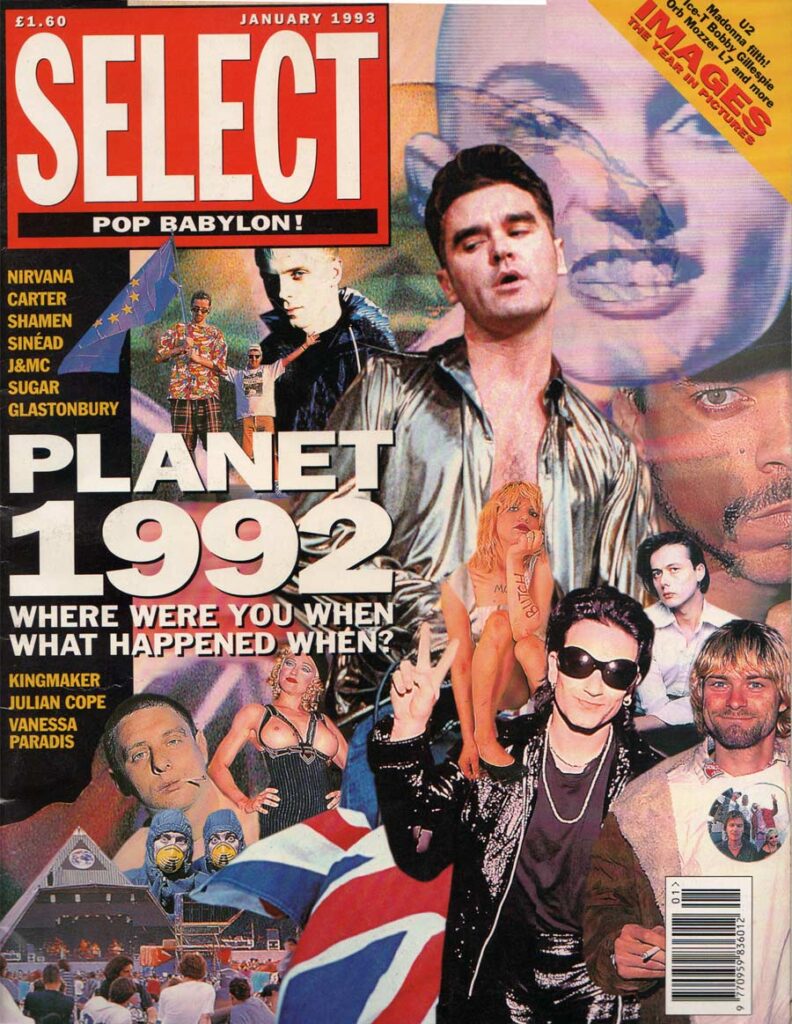
Select’s resurrection in digital form underscores just how central it was to the messy sprawl of the ’90s. It wasn’t a magazine chasing timelessness so much as one immersed in the noise of the present, filing dispatches from a culture in constant flux. That immediacy is what makes rereading it so compelling now: the mix of hype and skepticism, discovery and dismissal, all bound up in a single issue. Its coverage of the nascent internet is especially fascinating, capturing the uncertainty and excitement of a medium still half-mythical. Rereading three decades later, Select didn’t just document the decade — it embodied it, and its return online offers a way to hear that clamor again, page by page.




